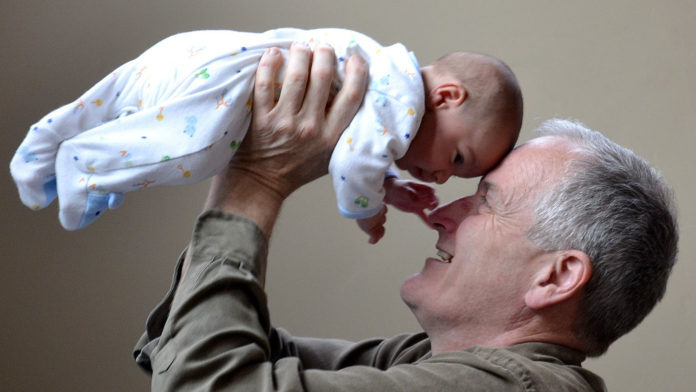Twenty percent of the blood from every heartbeat goes to the brain. That’s one fifth of all circulating nutrients and oxygen feeding an organ that only makes up two percent of human body weight.
Knowing this, it makes sense that cardiovascular health is important to brain health.
Dr. Vladimir Hachinski, clinical neuroscientist at Western University’s Schulich School of Medicine and Dentistry and neurologist at London Health Sciences Centre, is working to expand our understanding of how the two are related. And he wants people to know that stroke and dementia don’t need to be part of normal aging.
In 2000, Ontario launched Canada’s first stroke prevention strategy. As part of this initiative, more health centres in are now able to manage stroke, communities and physicians have better support systems, high blood pressure is better controlled, and risk-reducing lifestyle changes help patients manage their own health.
And as it turns out, what has been good for stroke prevention has also decreased the incidence of dementia.
To better understand the success of the stroke prevention strategy, Hachinski analyzed data from 5.5 million Ontarians in the first ever population-based study of both stroke and dementia incidence. Over a span of 12 years from 2002 to 2013, stroke incidence fell across all age groups over 50 years, falling an astounding 37.9 percent in the highest risk age category of 80+ years. At the same time, dementia incidence also fell by 15.4 percent.
Stroke and dementia share many of the same risk factors, such as low physical activity, smoking, and poor diet choices. Reduced blood flow to the brain is also a factor in most strokes and at least some dementias, says Hachinski.
A stroke diagnosis also doubles the risk of dementia. At the time of diagnosis, most patients have had several “silent” strokes that went undetected, which can also affect cognition and brain health.
The pairing of these conditions means that more research is needed to understand how they interact, and how policies can be improved to target both to help our aging population stay active and healthy.








































